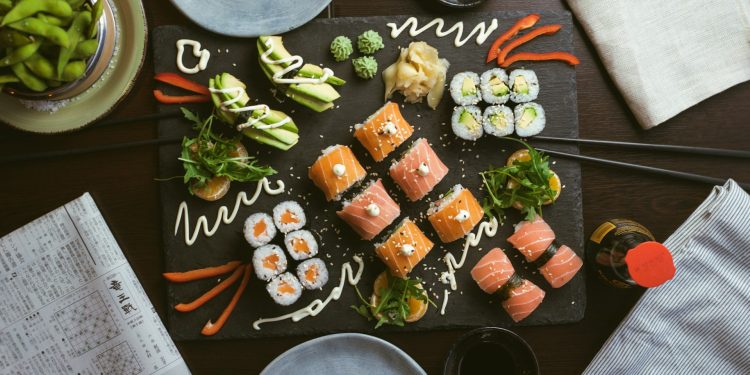Japanese cuisine is globally celebrated for its unique flavors, artistic presentation, and fresh ingredients. Traditionally rich in fish, seafood, and meat, it poses challenges for vegans.
However, veganism has spurred an exciting transformation in Japanese culinary arts, resulting in innovative vegan dishes that maintain traditional flavors while adhering to plant-based principles.
Traditional Ingredients in Vegan Japanese Cuisine
Vegan Japanese cuisine relies on a variety of traditional ingredients that are naturally plant-based. These ingredients form the foundation of many dishes and provide the unique flavors and textures characteristic of Japanese food.
Tofu: Made from soybeans, tofu is a versatile ingredient in many Japanese dishes. It can be fried, grilled, boiled, or eaten raw and is an excellent source of protein.
Miso: This fermented soybean paste is a staple in Japanese cooking. It adds a deep, umami flavor to soups, sauces, and marinades.
Seaweed: Various types of seaweed, such as nori, wakame, and kombu, are used in Japanese cuisine. Seaweed is rich in minerals and adds a distinctive taste to dishes.
Soy Sauce: A fermented sauce made from soybeans, wheat, salt, and water, soy sauce is essential in Japanese cooking, providing a savory, umami flavor.
Rice: A fundamental part of Japanese meals, rice is often served alongside other dishes or used to make sushi, onigiri (rice balls), and other rice-based dishes.
Vegetables: Seasonal vegetables like daikon radish, eggplant, bamboo shoots, and Japanese sweet potatoes are commonly used in vegan Japanese dishes.
Popular Vegan Japanese Dishes
1. Vegan Sushi
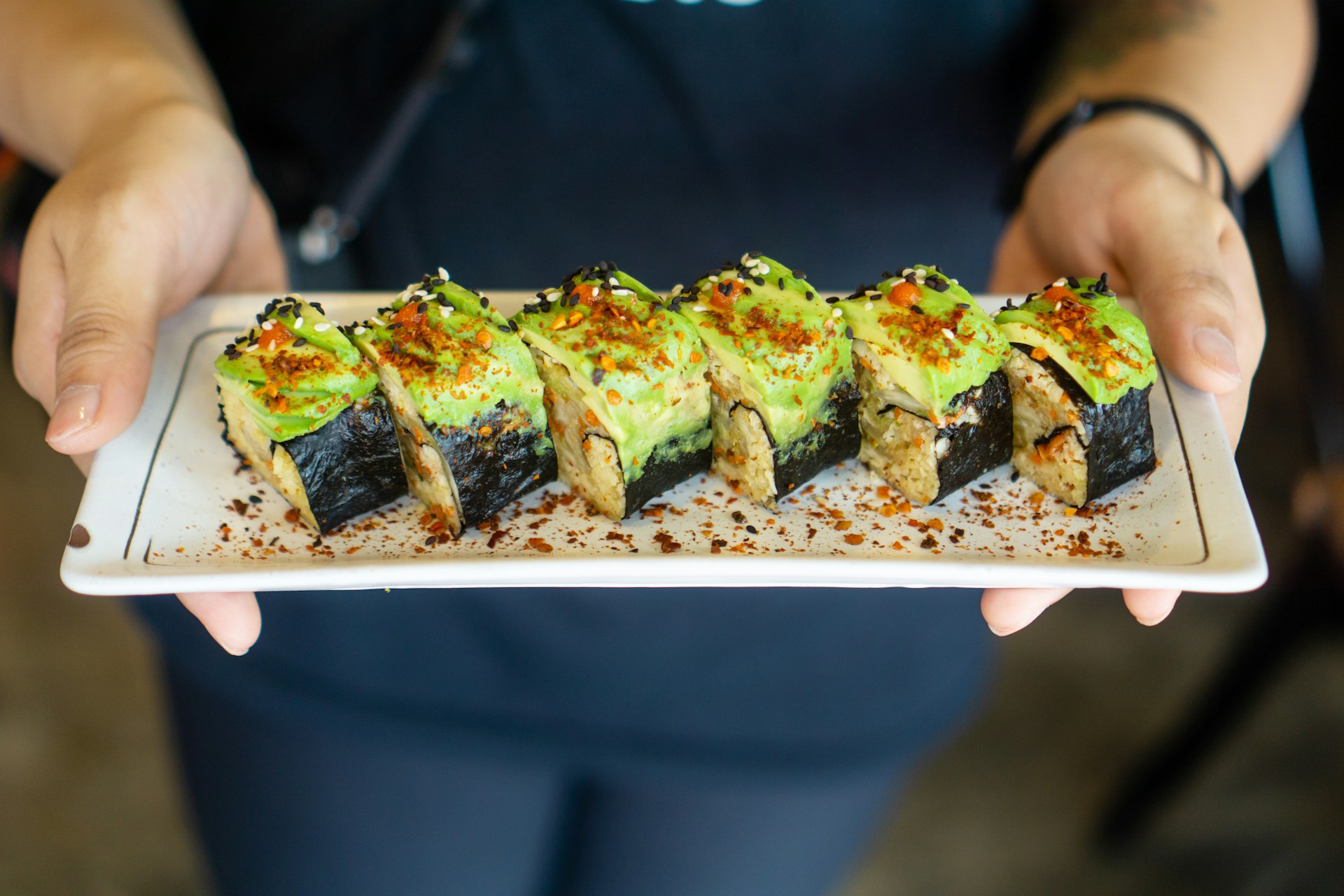
Sushi is one of the most well-known Japanese dishes, and it can be easily adapted to a vegan diet. Instead of fish, vegan sushi features a variety of vegetables, tofu, and other plant-based ingredients.
Popular options include cucumber rolls, avocado rolls, and rolls filled with pickled vegetables. For an added twist, sushi can be made with marinated tofu or tempura vegetables.
2. Miso Soup
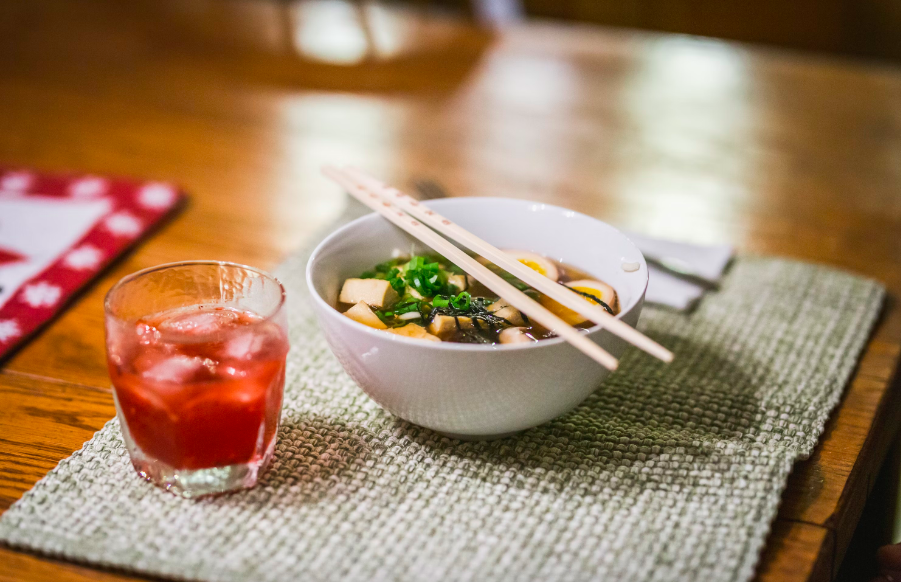
Miso soup is a traditional Japanese soup made with a base of dashi (broth) and miso paste. For a vegan version, the dashi can be made using kombu (dried kelp) and shiitake mushrooms instead of bonito flakes (dried fish).
The soup typically includes tofu, wakame seaweed, and green onions, providing a nutritious and comforting start to any meal.
3. Vegetable Tempura
Tempura is a popular Japanese dish consisting of vegetables (and sometimes seafood) that are battered and deep-fried to a crispy perfection.
Vegan tempura features a variety of vegetables like sweet potatoes, bell peppers, eggplant, and mushrooms. The key to perfect tempura is in the batter, which should be light and airy. Serve with a dipping sauce made from soy sauce, mirin, and grated daikon radish for a delightful treat.
4. Ramen
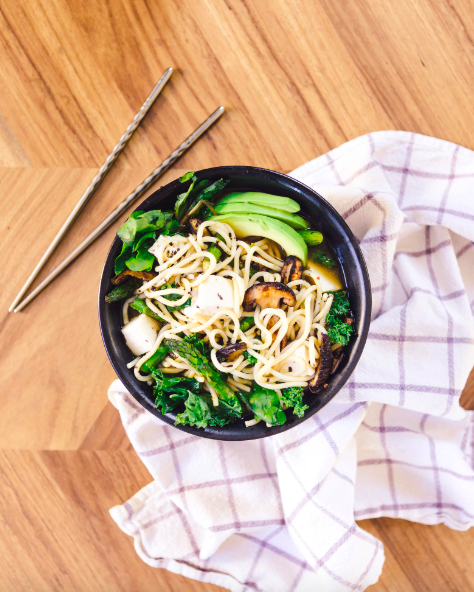
Ramen is a beloved Japanese noodle soup typically containing meat-based broth and toppings. However, vegan ramen can be just as satisfying. The broth uses kombu, shiitake mushrooms, miso, and soy sauce to create a rich, umami flavor.
Toppings can include tofu, bamboo shoots, nori, and various vegetables. Some versions also feature a spicy sesame paste or a creamy broth made from blended cashews or soy milk.
5. Onigiri
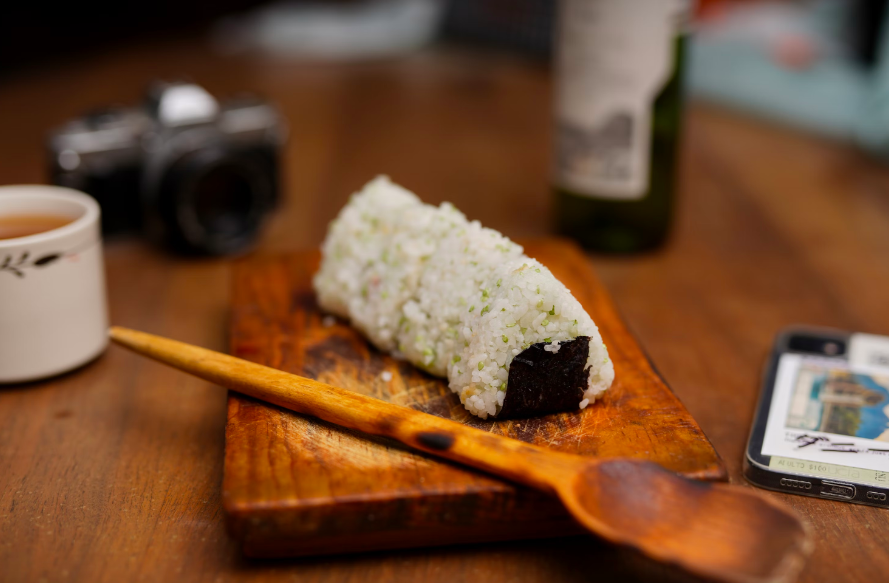
Onigiri, or rice balls, are a popular snack in Japan. They are made from seasoned rice and often wrapped in nori. Vegan fillings can include umeboshi (pickled plum), grilled mushrooms, or a mixture of vegetables and tofu. Onigiri are easy to make and perfect for a quick, on-the-go meal.
6. Gyoza

Gyoza are Japanese dumplings that are usually filled with pork or vegetables. Vegan gyoza can be made with a filling of finely chopped vegetables, tofu, and seasonings like ginger, garlic, and soy sauce.
The dumplings are pan-fried until crispy on one side and then steamed to cook the filling, resulting in a delicious combination of textures.
7. Takoyaki
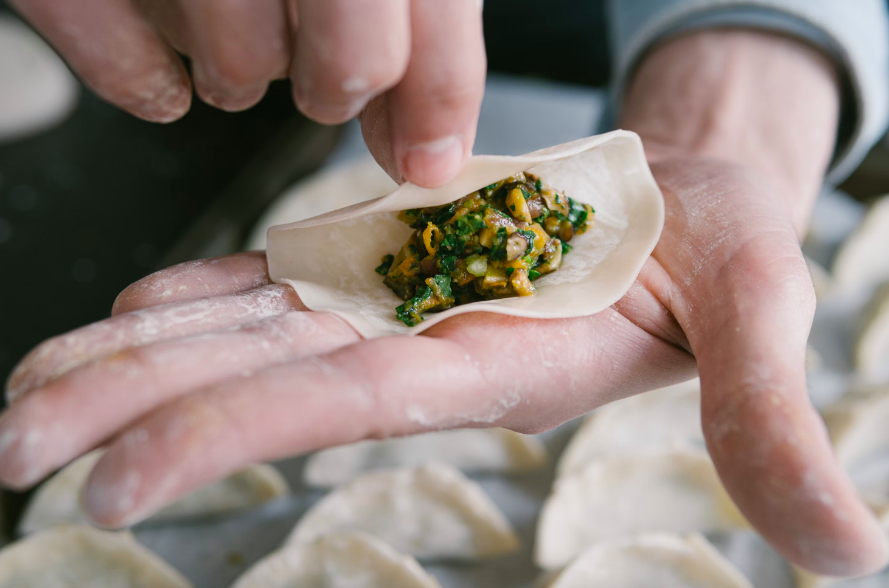
Traditionally, takoyaki are octopus balls made from a batter and cooked in a special pan. Vegan takoyaki can be made using a mixture of flour, water, and vegetable-based ingredients like mushrooms or tofu to replace the octopus.
These savory balls are typically served with takoyaki sauce, vegan mayonnaise, and bonito flakes (which can be substituted with nori or seaweed flakes for a vegan version).
8. Soba Noodle Salad
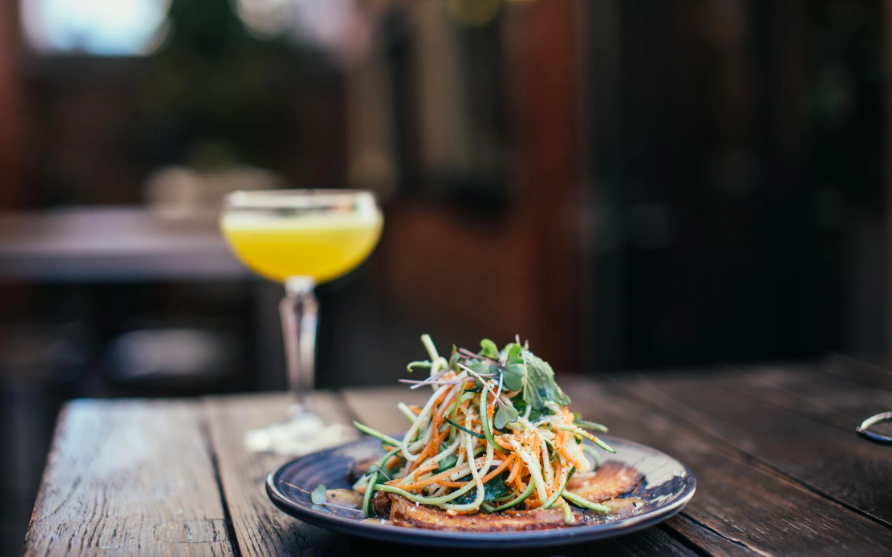
Soba noodles are made from buckwheat flour and are naturally gluten-free. A refreshing soba noodle salad can be made with chilled noodles, julienned vegetables, and a tangy dressing made from soy sauce, rice vinegar, and sesame oil. Topped with toasted sesame seeds and sliced green onions, this dish is perfect for a light lunch or dinner.
9. Okonomiyaki
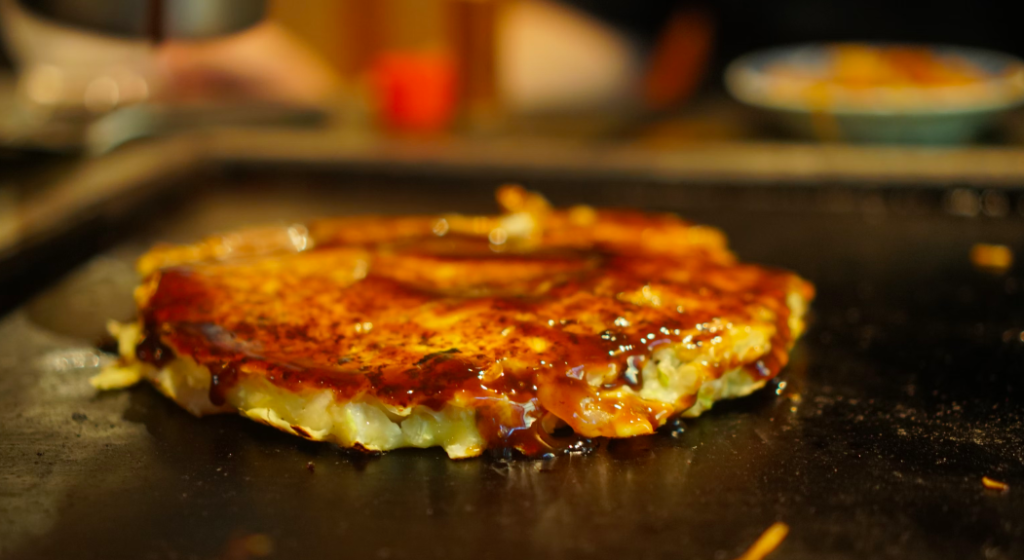
Okonomiyaki is a savory Japanese pancake that can be customized with various ingredients. A vegan version can be made using a batter of flour, water, shredded cabbage, and toppings like sliced mushrooms, green onions, and vegan cheese. The pancake is cooked until crispy on the outside and soft on the inside, then topped with okonomiyaki sauce and vegan mayonnaise.
10. Nasu Dengaku
Nasu Dengaku is a dish of grilled eggplant glazed with a sweet and savory miso sauce. The eggplant is sliced, scored, and brushed with a mixture of miso, mirin, sugar, and sake before being grilled to perfection. This dish showcases the deep umami miso flavors and eggplant's natural sweetness.
Conclusion
Vegan Japanese cuisine is a testament to the adaptability and creativity of culinary traditions. By utilizing traditional ingredients and techniques, chefs and home cooks can create delicious vegan dishes that capture the essence of Japanese flavors.
Whether you are a seasoned vegan or simply looking to explore new culinary horizons, vegan Japanese food offers a delightful and sustainable way to enjoy Japan's rich and diverse flavors.


